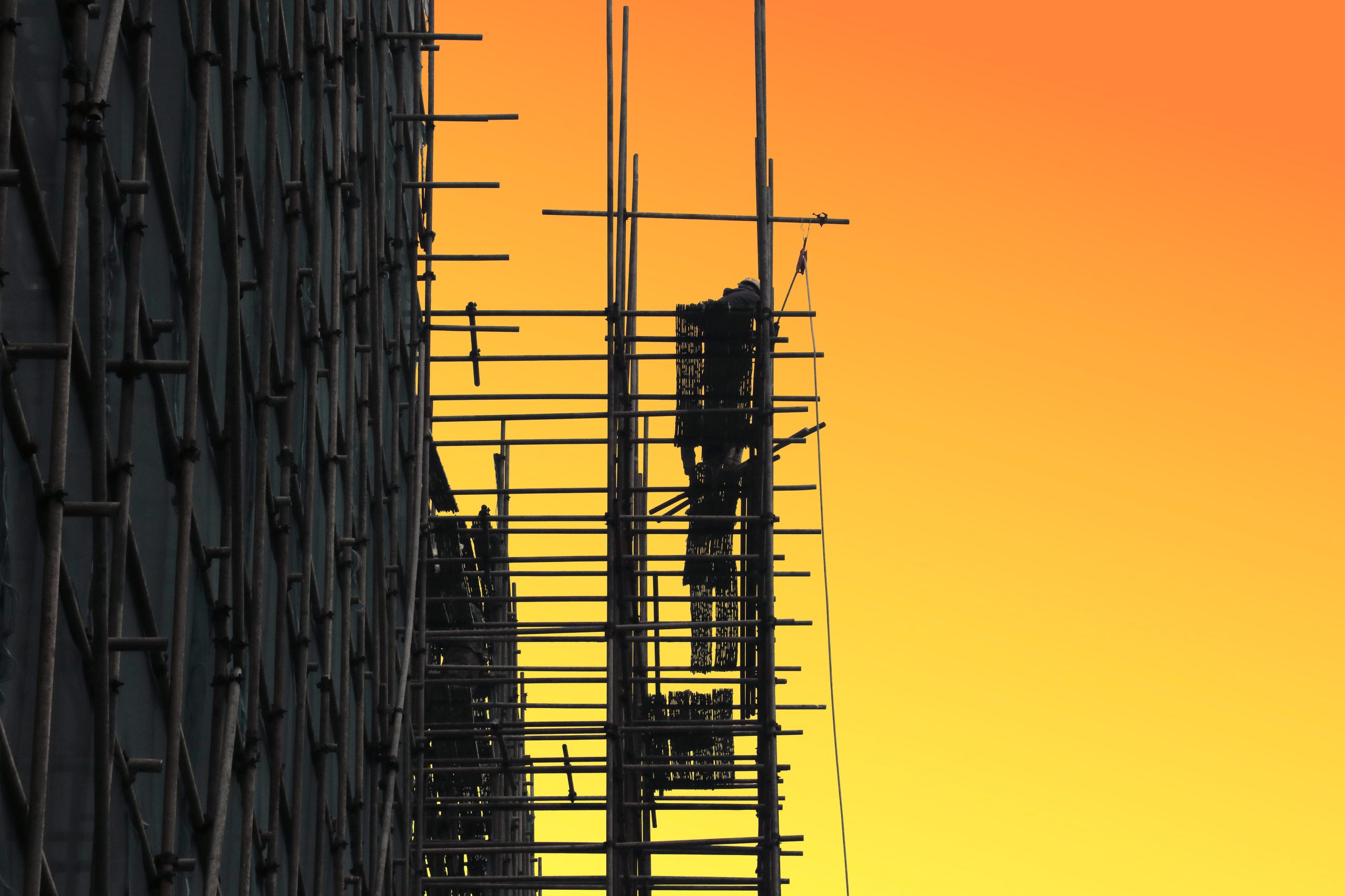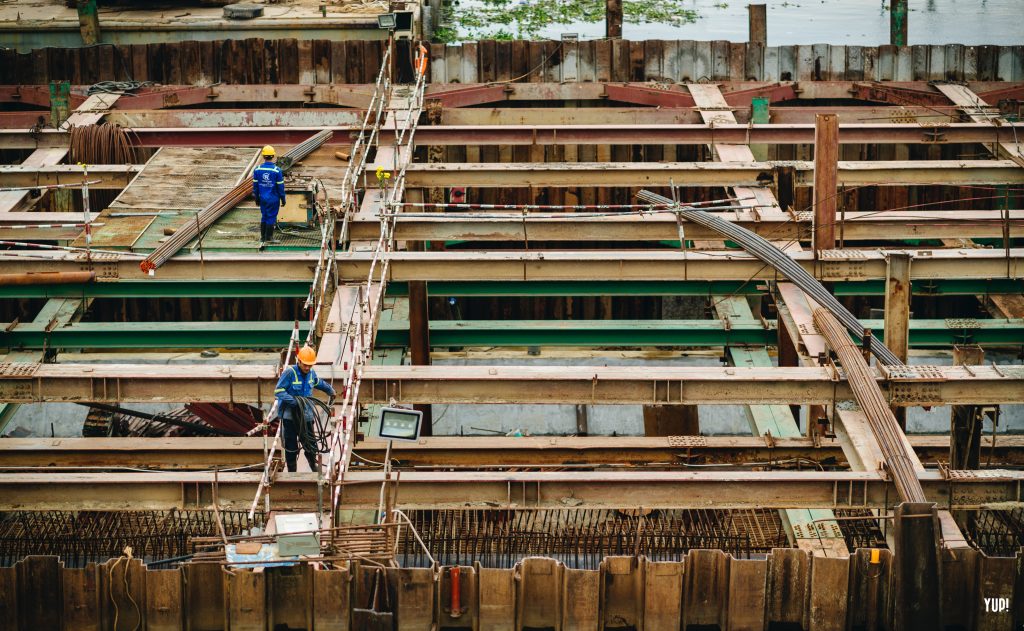In the world of construction, where innovation and strength walk hand in hand, there exists a silent hero – Structural Steel Framing. If you’re a fellow enthusiast of architectural marvels or just someone who’s curious about how those towering skyscrapers remain standing tall, this comprehensive guide will unravel the secrets behind the magic of structural steel framing.
What Exactly is Structural Steel Framing?
Well, let’s start with the basics, shall we? Structural steel framing is not just a fancy term; it’s the backbone of modern construction. Picture it as the skeletal system of a building, providing support, strength, and structure. It’s the steel framework that makes buildings, bridges, and even roller coasters defy gravity with elegance.
A Symphony of Components
If you were to dissect a structural steel-framed building, you’d find it comprises a harmonious ensemble of components, each with its specific role in ensuring structural integrity.
1. Beams and Columns
Let’s spotlight beams and columns for a moment. Beams are like the sturdy girders that hold the weight of the world on their shoulders, while columns stand tall like sentinels, transferring the load from above. The ingenious part? They come in various shapes and sizes, like the versatile actors in a grand theatrical production, each tailored to their part in the play.
2. Bracing and Connections
Now, let’s talk about bracing and connections. Bracing is the unsung hero that keeps our structures from swaying in the wind, much like a tightrope walker’s balancing pole. Connections, on the other hand, are the glue that holds it all together, ensuring that every piece fits precisely where it should.
Why Opt for Structural Steel Framing?
You might wonder why anyone would choose structural steel framing over other construction materials. Well, my friend, there are several compelling reasons:
- Strength: Structural steel is the Hercules of construction materials. It boasts an incredible strength-to-weight ratio, allowing architects to dream big without worrying about sagging ceilings.
- Durability: Steel is virtually impervious to pests, rot, and the elements. It can withstand the test of time like a seasoned traveler.
- Versatility: From sleek skyscrapers to sprawling warehouses, structural steel can be molded to fit any design, making it a favorite among architects and engineers alike.
Real-World Marvels
To put things into perspective, let’s take a moment to appreciate some real-world projects that owe their grandeur to structural steel framing:
- The Empire State Building: This iconic symbol of New York City would be a mere shadow of itself without its steel skeleton.
- The Golden Gate Bridge: The majestic beauty of this bridge is not just in its color but in the structural steel that holds it up through the San Francisco fog.
- Your Local Supermarket: Yes, even the familiar supermarket you visit owes its spaciousness and stability to structural steel framing.
So, the next time you marvel at the skyline or walk through the aisles of your neighborhood store, remember that structural steel framing is the unsung hero that makes it all possible.
The Process Behind the Steel
Now, you might be wondering, how exactly does structural steel framing come into existence? Well, my dear reader, it’s a precise dance that involves a series of meticulous steps.
Design Considerations
It all begins with design. Engineers and architects work in unison, meticulously planning every aspect. Calculations are made to determine the right type and size of steel components, ensuring the structure can withstand the forces it will face.
Fabrication and Erection
Once the plans are in place, it’s time to bring the vision to life. Steel components are fabricated with impeccable precision, and then they’re transported to the construction site. This is where the magic happens, as skilled workers erect the steel framework, piece by piece, ensuring it aligns with the design plans.
Challenges and Solutions
As with any grand endeavor, structural steel framing isn’t without its challenges. Construction projects, after all, often feel like a thrilling adventure with a touch of unpredictability.
Weather Woes
Mother Nature can be quite the unpredictable companion on a construction journey. Rain, wind, and extreme temperatures can hinder progress. But worry not, modern construction techniques and protective measures help mitigate these challenges.
Safety First
Safety is paramount in any construction project. Stringent safety protocols and training ensure that workers are protected while handling the steel components and assembling them into the final structure.
Logistics and Planning
Logistics can be a logistical nightmare, but it’s all part of the adventure. Proper planning, efficient scheduling, and clear communication among the construction team help navigate these challenges smoothly. Check out Structural Steel Detailing, Precast Drafting and Rebar shop drawings pages.

Peering into the Future
As with everything in this ever-evolving world, structural steel framing is also evolving. The future holds exciting possibilities that are reshaping the construction landscape.
Digital Modeling
The advent of digital modeling and Building Information Modeling (BIM) is revolutionizing the design and construction process. These technologies allow for more accurate and efficient planning, reducing errors and saving time and resources.
Sustainability
Sustainability is no longer a buzzword but a guiding principle. Structural steel is inherently sustainable, as it is recyclable and can be repurposed, making it an eco-friendly choice for construction projects.
Prefabrication
The future of structural steel framing also involves more prefabrication. Components are manufactured off-site and then assembled on-site, reducing construction time and costs while improving quality control.
Applications Galore
Now that we’ve delved deep into the world of structural steel framing, you might be wondering where it finds its applications.
- Skyscrapers: Those towering giants that touch the sky rely heavily on structural steel framing to bear their weight.
- Bridges: The next time you cross a bridge, think of the steel beneath your feet, holding you high above the water.
- Industrial Facilities: Large warehouses and factories use structural steel framing for their durability and spaciousness.
- Residential Buildings: Even in the realm of homes, structural steel framing is gaining popularity, especially in custom and large-scale projects.
So, there you have it, the fascinating world of structural steel framing laid bare before you. From its components and advantages to its challenges and future prospects, we’ve covered it all. The next time you gaze upon a skyscraper or cross a bridge, you’ll do so with a newfound appreciation for the steel that makes it all possible. Structural steel framing truly is the unsung hero of the construction world, providing the strength and support that keeps our architectural dreams soaring high. For infomation visit Steel.org.au.
FAQs
1. What are the primary materials used in structural steel framing?
- Structural steel framing primarily uses steel beams, columns, and connections.
2. How does structural steel framing compare to other framing methods?
- Structural steel framing offers superior strength, durability, and versatility compared to other methods like wood or concrete.
3. Are there sustainability considerations with structural steel framing?
- Yes, structural steel is recyclable and can contribute to sustainable construction practices.
4. What are the typical costs associated with structural steel framing?
- Costs vary depending on project specifics, but structural steel framing can be cost-effective due to its efficiency.
5. Is structural steel framing suitable for residential construction?
- Yes, structural steel framing is used in residential construction, especially for large and custom homes where its strength and versatility are advantageous.

